How to choose a pot for cyclamen when transplanting, rules for caring for cyclamen
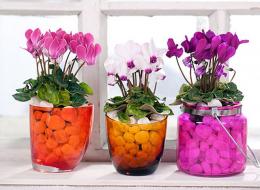
Cyclamen is a rather demanding plant that does not tolerate transplantation well. Therefore, the process of choosing a pot for a plant should be approached quite carefully in order to smooth out the negative impact of replanting on the flower.
Content:
- Which pot to choose for replanting cyclamen?
- Planting rules, how to replant cyclamen after purchase
- We use ready-made purchased soil for planting cyclamen or prepare the soil ourselves
- The main secrets of caring for cyclamen after transplantation
- Care in summer and winter
- Disease and pest control
Which pot to choose for replanting cyclamen?
Cyclamen is a herbaceous perennial plant widespread in many countries. It also has another name: alpine violet. Under natural conditions, it is distributed in European countries, Asia Minor, Mediterranean latitudes and Iran.
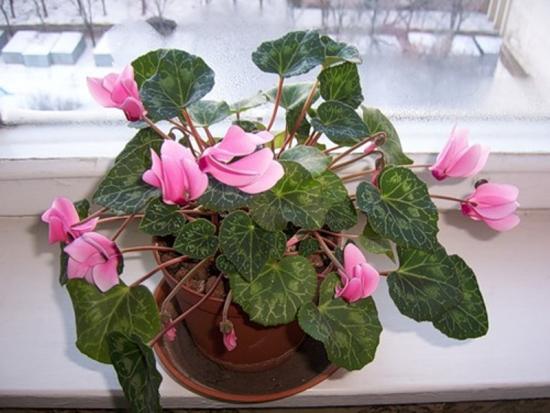
The varieties bred by breeders are very decorative: there are many silvery lines and patterns on the green foliage, flowers of pink, white, lilac, crimson shades are located on long peduncles, bloom in the winter months and sometimes in early spring.
For a prosperous transplants plants require compliance with 3 points:
- choose the right pot;
- select suitable soil;
- take care of drainage.
Choosing a pot is a very important point for growing beautiful, healthy cyclamen. If you choose a small container, the root system will grow quite quickly and you will have to prepare for a new transplant, which the flower does not like so much.
A large one leads to acidification of the soil and to the appearance of root rot; in such a container the plant does not bloom well.
For a standard bush at the age of 3 years, a container with a diameter of 14 - 16 cm is ideal; for plants 1 - 2 years old, a diameter of about 8 cm is suitable. It is advisable that there be no more than 2 - 3 cm between the roots and walls.
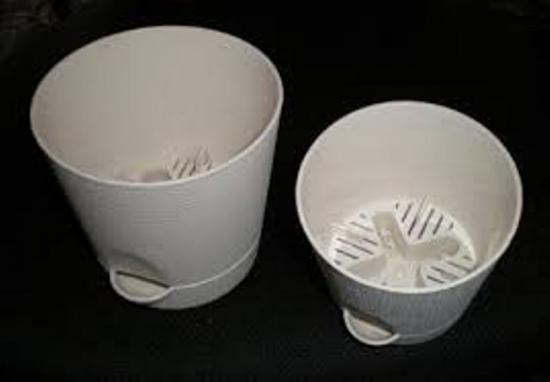
If you choose a pot that has previously been used, be sure to disinfect it. There should always be drainage holes in the bottom of the container for planting a flower.
Planting rules, how to replant cyclamen after purchase
Flower growers should adhere to several rules when transplanting:
- The best time to repot is the summer months, when the plant is not dormant.
- It is best to replant after small fresh leaves appear on the tubers.
- You can’t replant a flowering one cyclamen, it is worth waiting until the end of flowering, even if the plant has just been purchased.
- They use the transshipment method.
- Don't choose too big a pot.
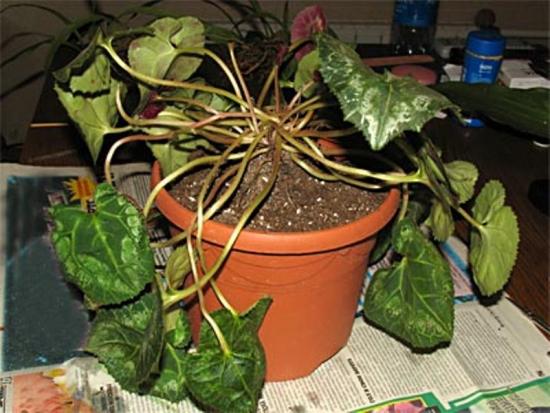
Purchased plants almost always need to be replanted, especially if they were brought from abroad. For sale they are placed in a special substrate, since it is prohibited to transport flowers in the ground, and this mixture is not enough for full growth and development.
When filling the pot with soil, do not compact it; it should be loose and allow oxygen to pass through. Alpine violets are transplanted using a transshipment method, that is, together with a lump of earth.
The flower should be kept in the center of the pot and slightly suspended so as not to spoil the roots, and then carefully straighten the entire root system and sprinkle the roots with soil on all sides. Then the soil watered, and after absorbing the moisture, add the remaining soil and water a little again.
The tuber is deepened or left above the surface, depending on the type: the roots of Persian cyclamen grow deep, so the tuber should remain 1/3 on the surface; it cannot be completely covered with soil.
And for the European species, in which the roots are located on the surface, the tuber is buried.
We use ready-made purchased soil for planting cyclamen or prepare the soil ourselves
For alpine violets, it is important to provide, after replanting, with better soil than in which it grew.
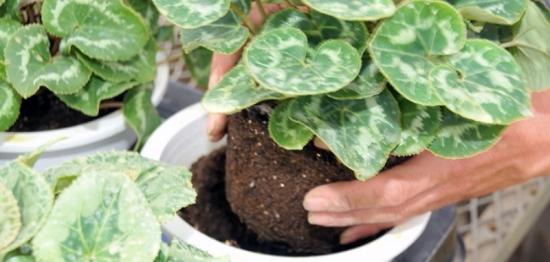
The soil mixture for a capricious flower does not have to be purchased in specialized stores; it is easy to make yourself in the following respects:
- leafy the soil, humus, sand 2:1:1;
- turf soil, perlite, sand 2:1:1.
The main thing is that the soil is not acidic and light. Soils containing peat should be avoided, since the maximum permissible acidity level is 7 ph, and peat has high acidity.
The substrate for planting is pre-disinfected and calcined in the oven for an hour to protect against fungal diseases. For beginners and inexperienced gardeners, it is easier, of course, to purchase a ready-made substrate at a flower shop.
A drainage layer must be placed at the bottom of the selected pot: gravel, pebbles, expanded clay.

The main secrets of caring for cyclamen after transplantation
The main principles of care boil down to the following rules:
Lighting
Cyclamen is light-loving, but direct sunlight is harmful to it.The most suitable light is diffused, slightly shaded, and the best location is the eastern and western windows of the apartment. If it is possible to grow only on northern windows, add lighting, as there will be a lack of light.
Watering
There are 2 methods of watering, which have several secrets:
- It is not advisable for moisture to get on the root and tuber, but only through the tray or along the edge of the pot.
- The optimal watering temperature is 18-20 degrees, just below room temperature.
- after the flowering period, water the perennial less frequently;
- an hour after watering, pour out all the accumulated water from the pan: this technique will help protect the flower from rotting of the root system;
- in summer, the foliage begins to turn yellow and the tuber becomes bare. At this time, the amount of watering is reduced to a minimum.
It is important to avoid over-hydration to alpine violet this is much worse than drying out. If the lump of earth in the pot is too dry, it is transferred and placed in a basin of water for 1 - 2 hours, and the water level should be 3 - 4 cm below the sides of the pot. After this procedure, wipe the container, put it in place, and after an hour drain moisture from the pan.

Microclimate
In summer, room temperature is preferable: 18 - 22 degrees, and in winter it is advisable to reduce it to 12 degrees, in such a climate the flower will grow well and bloom profusely.
Heat and very dry air negatively affect it; regular spraying from a spray bottle will help to avoid this effect, but most importantly, do not get moisture on the tuber. But during the formation of buds and flowering, this cannot be done.
To escape the heat, the container can be placed in a tray with damp moss.
Care in winter and summer
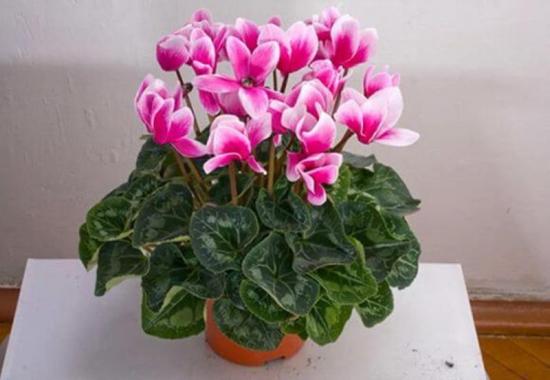
The winter period is characterized by abundant flowering and active growth, which means that perennial care requires especially careful care:
- The temperature regime should be within 12 - 14 degrees, but not higher than 20, since high temperatures contribute to the fall of leaves and a faster transition to the dormant period.
- Water for glaze used below room temperature
- It is advisable to apply the first fertilizing when the height of the peduncle reaches 10 cm, and after 10 days it is repeated. A solution of 0.01 gibberlin per leaf is used as a fertilizer.
Summer time is characterized by the transition of the flower into a dormant period: the foliage falls and withers, the tuber is exposed. At this time, it is best to move the container with it to a cool, dark place: it could be a basement, cellar.
The amount of watering is gradually reduced, but the condition of the earthen clod is monitored.
The dormant period lasts 60 - 90 days, after which the alpine violet enters the active growing season. It is returned to its original place of cultivation, watered moderately, increasing the number of waterings.
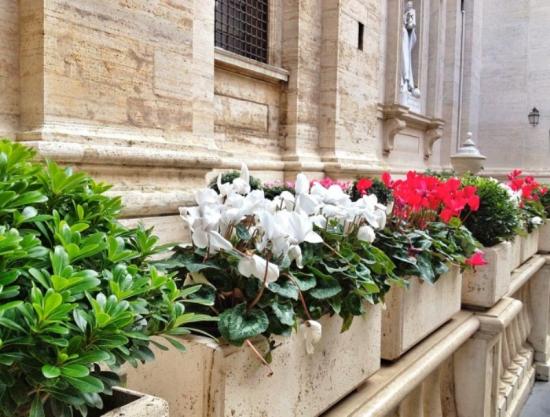
Disease and pest control
If the rules of care are not followed, a favorable environment for the appearance and proliferation of bacteria and viruses is formed in the soil; it is worth carefully inspecting the flower and soil for:
- Withering, dropping leaves. This phenomenon can happen with sudden changes in the indoor microclimate, excessive watering, severe drying out of the soil, or with a lack of nutrients in the soil mixture. But do not forget that during the rest period this phenomenon is absolutely normal.
- Appearance of rot. It is provoked by excessive application of fertilizers and excessive watering.If you notice a gray coating on the leaves or brown spots, remove the affected parts, transplant into another container and treat with a fungicide.
- Late blight rot does not allow flower stalks and lower leaves to grow, they begin to dry out, and the tubers also dry out. Late blight is combated with a group of fungicides (ridomir, previkur).
- Wilting from fusarium is another unpleasant phenomenon; it leads to yellowing and drying of foliage due to damage to the roots. This disease is provoked by a sharp change in the condition of the soil: after heavy watering, prolonged drying out and vice versa.
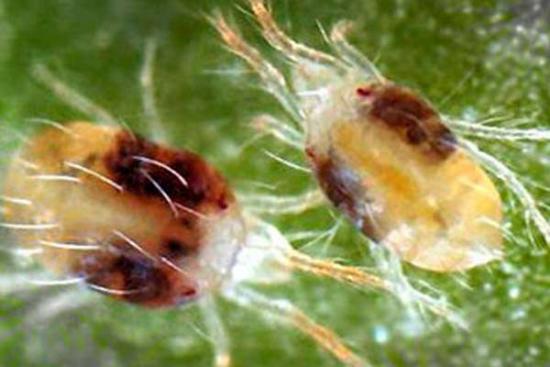
Insects are also sometimes found on cyclamen:
- Mite. It looks like a layer of settled dust, lives and feeds on the back of the leaves, as a result of which they become deformed and dry out.
- Thrips visible to the naked eye: white dots and dry edges can be seen on the foliage. It is difficult to fight them, as they often “go” down. Insecticide treatment and quarantine are required.
The bright, sophisticated cyclamen, being a rather fastidious plant to care for, has still earned the great love of gardeners for its person.
Abundant flowering, unusual buds and bright colors bring many pleasant impressions to the owners of these beautiful flowers.
And a large number of folk signs reward him with the strength to counteract the evil eye, illnesses and bring love and peace to the house.
You will learn all the intricacies of caring for and transplanting cyclamen by watching the video:

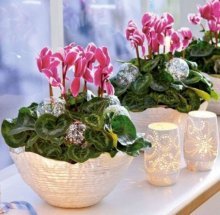
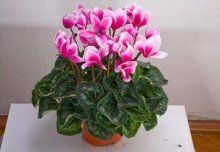
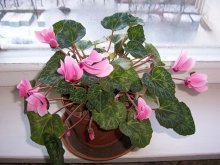
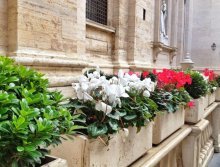
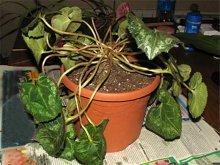
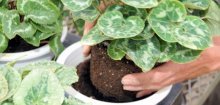
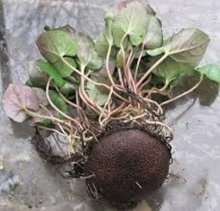
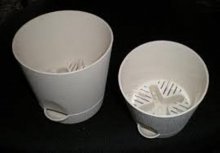


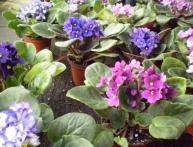

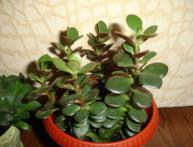
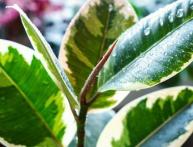
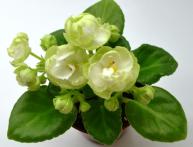
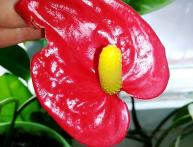
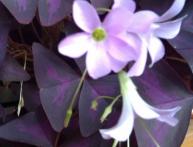
Comments
We bought this flower already in a pot, which was specially selected specifically for this plant. But we haven’t tried replanting yet. If the need arises, we will buy both a pot and soil specifically for Cyclamen.